The face of beauty isn't what it used to be. And that's a beautiful thing.
In the decades before the rise of social media influencers, the mainstream beauty industry catered and marketed to just a small portion of society. While people from diverse backgrounds and cultures enjoy expressing themselves through the art of makeup, only a handful of skin colors, a handful of body types, and really only one gender had products available to them. When it came to marketing, the scope of people who helped sell those coveted beauty products became even narrower, with only the most conventionally attractive, cisgender, heterosexual, and white faces being the ones most in the spotlight.
But thanks to content creators, particularly those in the queer Asian-American communities, those who once felt invisible and ignored by the makeup and skin care industries -- and on a grander scale, by Western society as a whole -- are starting to reexamine what it means to be beautiful. Among those changing the face of the beauty industry are queer beauty gurus Patrick Starrr, Patrick Ta, Plastique Tiara, and ally Michelle Phan. Starrr, the gay 32-year-old Filipino-American social media superstar who started in the early 2010s posting videos of his daily makeup routines and other glam tutorials to YouTube, has become one of the most recognized beauty names online. Starrr's ascent is one of the most visible examples of queer POC changing the $400 billion cosmetics industry for the better.

"It's exciting to expand because I think once upon a time, there were only a handful of brands [that] only catered to a certain type of consumer in terms of standard," Starrr says. "But now the vast variety of beauty, whether you're a drag queen, whether you're a minimalist, whether you love clean, next-to-nothing makeup, or whether you're a beat-face kind of girl or guy, there's such a variety for everyone."
Though known primarily for his videos on social media, where he shows off not only his colorful skills as an artist but his big, bright fashion sense and personality, the Orlando native launched his own beauty label in 2020, the aptly named ONE/SIZE, with the mission to be inclusive of all.
"I'm excited that people get to see that through different brands," he continues. "At the end of the day, we're in this economy and we're going to be feeding each other and making a difference in someone's life. If we're to look at anybody's makeup kit that is a consumer, there's more than 10-20 brands probably in their kit. It's not just one brand. But to see the variety of [products and creators] is really exciting -- people get to buy in to beauty and feel a part of something cool to empower themselves."
Another star of the internet's beauty boom is 30-year-old Vietnamese glam guru Ta, who, after working behind the beauty counter at retail stores, took a leap of faith and moved to Los Angeles, where he became a makeup artist, eventually creating looks for celebrities like Shay Mitchell, Rihanna, and Ariana Grande.
Though his YouTube channel is still fairly new, the work he's done with some of Hollywood's elite has garnered him praise on the internet and in the industry. That success helped him launch his namesake brand, where he says he pays tribute to the women in his life who helped him feel like he could be himself.

Patrick Starrr photographed by BJ Pascual
"Growing up, I was never comfortable with being gay, so I always surrounded myself with women who allowed me to feel comfortable in my own skin, allowed me to talk the way that I want to talk, that allowed me to dress the way I would and play with girly things," Ta reminisces. "I'm so lucky that I've been around so many strong, beautiful women, and I think it really has helped shape me."
"I've been doing this for nine years in L.A. now, and it's changed me," he continues. "Just to see people's careers blossom, especially if I am working with someone that has a great career, it means that I'm going to have a great career. At the end of the day, there's so many talented makeup artists out there, but you also have to have the connection with someone to want to be in front of their face or have you in front of their face every single day, because it's such an intimate setting where you see your client completely bare and in probably their rawest form."
Ta shares that growing up in a traditional Vietnamese household wasn't the easiest and that his parents had a different life planned for him. But he does admit that the older you get, the easier it is to be more confident in your life and your work, especially as a queer Asian-American creator in a world that is still so straight- and white-centered. "Growing up Asian in a predominantly Caucasian neighborhood, I've always felt left out and I've always wanted to fit in," Ta says. "Now having my own brand, being able to be inclusive and able to allow people to feel that they fit in somewhere, I have the power to do so. And I have the power to be able to not let other people feel the way that I felt growing up."

Patrick Ta photographed by BJ Pascual
"Even being a gay Asian, I feel like there's a stereotype within that. It's still a huge thing. I feel really lucky because there's so many strong, especially Vietnamese, makeup artists right now that are doing such amazing things and really just paving a new pathway for their families and our country and our culture," Ta adds. "When I first started doing makeup, my parents were not into it, were not ecstatic about that. But being able to find success within this company, they are beyond proud of me now. And there's no better feeling than having your family and the people where you come from root for you, because we're basically all like one. We're the minorities to everyone else out there, so I feel like we really have to support one another."
In the nascent days of influencer marketing, there were very few Asian-American creators willing to put themselves out there on a big scale, especially when the internet predated major social justice and diversity movements, when online hate and racism were even more rampant than now. Before Starrr and Ta made it on to the scene, there were others, like Phan, who paved the way for Asian-American content creators.
"It's cool being Asian now," Phan says. "It wasn't cool when I was a kid being Asian, because I grew up in Florida. I was like the only other Asian person besides three other people in my school. So I'm just really glad that if anything, the internet kind of showed that the world is so much bigger than what the media has portrayed for a very long time."
Phan is one of the internet's earliest beauty pioneers and probably one of the best examples of what a "beauty influencer" is.
The 34 -year-old Vietnamese-American entrepreneur and LGBTQ+ ally started posting relatable, easy-to-follow tutorials on her YouTube channel (which at the time of writing has amassed nearly 9 million subscribers) and over the past 15 years has created a veritable empire that includes her beauty and lifestyle brand, EM Cosmetics.

Patrick Ta, Plastique Tiara, Michelle Phan, and Patrick Starrr photographed by BJ Pascual
Phan was regularly posting on YouTube in 2007, a few years after the popular video platform launched, and she was one of the earliest users to share beauty and makeup video content on the internet. Phan was also a much-needed face of representation for Asian-Americans, who could barely find themselves on TV, let alone in beauty commercials.
"The reality is that there are a crazy amount of Asian people that exist in the population, but we weren't in media for so long until recently," she says. "Just seeing that is so important, and I believe it's going to have an impact on our culture in a positive way. Our generation, we grew up with parents who wanted us to be doctors and lawyers, and now you have the new generation where they're exploring more of the artistic, creative side, which I believe our parents and the previous generation didn't really have a chance to explore. Even in culture and the arts and what Asians are bringing to that, I'm so excited to see what's going to happen."
Phan has provided that representation, plus she's always been inclusive in all of her digital content. She believes that inclusivity helped her draw a sizable queer fan base of beauty enthusiasts.
"There's this sensibility that the LGBTQ+ community have where they're very empathic," Phan says. "I found that that was something I saw too, whenever I was interacting with people within the LBGTQ+ community. Even though we're different, we also share the same values. We have the same emotional intelligence, which for me, I value a lot these days."
"And also the self-expression part I think is something that is relatable to everyone It doesn't matter who you are, people want to be able to be honest and more true to themselves. When you see someone who is a public figure and they are putting themselves out there, they're being vulnerable. I think that's very brave. I think that's why a lot of the LGBTQ+ community was able to connect with me. I'm a small Asian-American girl putting myself out there in the media and I'm representing, in a way, my community. Doing that helped empower them to find their voice so that they can also represent and hold that torch for what they believe in."

Michelle Phan photographed by BJ Pascual
Thanks to the examples set by people like Starrr and Ta, and Phan before them, younger Asian-American consumers have shining examples of folks who are out and proud in their skin. And with the rise of newer social platforms like TikTok, artists and creators from Gen Z, especially in the beauty space, are becoming powerhouses in their own right. One of the first names that comes to mind when people think of TikTok includes RuPaul's Drag Race season 11 alum Plastique Tiara.
With over 8 million social media followers, the 24-year-old Vietnamese-American is known best for her videos where she effortlessly goes from her boy persona to a dolled-up and fierce glamazon.
"[Michelle] was, I think, the first beauty influencer I ever saw," Plastique says. "I think that for a Vietnamese woman to do that back in the day and creating her own path rather than having something handed to her or rather having something curated for her and then just be there... people of color and people like us, we just have to create our own path in order to succeed. That's what she did. I love Patrick Starrr and Patrick Ta and Michelle Phan and everyone like them because they all have created their own way to success and that's very inspiring for me."

Plastique Tiara photographed by BJ Pascual
Inspiration eventually turned into a real-life connection, as Plastique recalls that Starrr was one of the first people she interacted with when she was on the rise as a content creator post-Drag Race. Their nurturing, familial-like friendship is not uncommon, especially for a group of queer Asian- Americans in the beauty game.
"We all had to pave our way into the industry or paved our way to success and nothing was handed to us," Plastique says. "As queer and Asian, we're minority of the minority as well. Therefore we appreciate hard work, all of us, and we all understood what it was going to take, so there's definitely a sense of family and a sense of appreciation that doesn't even have to be spoken." While it's exciting to see a once-exclusive world become more accessible and demystified, the fact that multiple Asian-American entrepreneurs and personalities can coexist in the beauty space and at the same time is not lost on everyone. With the rise of anti-Asian hate, especially amid the ongoing global pandemic, seeing Asian people not just succeed but thrive is something that will have an impact on future generations of young Asian-Americans coming up in the world.
"I think it's really cool because we're all so different," Ta adds. "I am the makeup artist. Plastique is a stunning drag queen. Patrick Starrr is such a strong creator. And then Michelle Phan is the original OG YouTuber who created a platform for so many other YouTubers. To be able to all have our own little lane that we're in and us coming together, I feel like hopefully, we'll be able to hit so many different types of people, and hopefully, people who are in love with beauty or can relate to us, that can spark something within them."

Ta, Starrr, Phan, and Plastique with photographer BJ Pascual
The Creative Team:
Photographer & Creative Director: BJ Pascual; Digital Tech: Jeff Salomon; Photography Assistant: Gabriella Salinardo; Executive Producer: Fabian Quinonez Assistant Producers: CJ Williams Ellis, Peter Simondac; Production Assistant: Hillary Bingham; Make-up Artist: Apollo Barragan; Production Assistant: Jose Rodriguez; Hair Stylist: Cristina Williams; Hair Stylist Assistant: Karina Belisario; Wardrobe Stylists: Karla Miranda, Annie & Hannah; Assistant Wardrobe Stylist: Asia Xiong; Set Designer: Haley Bowan; Assistant Set Designer: Shannon Pollak
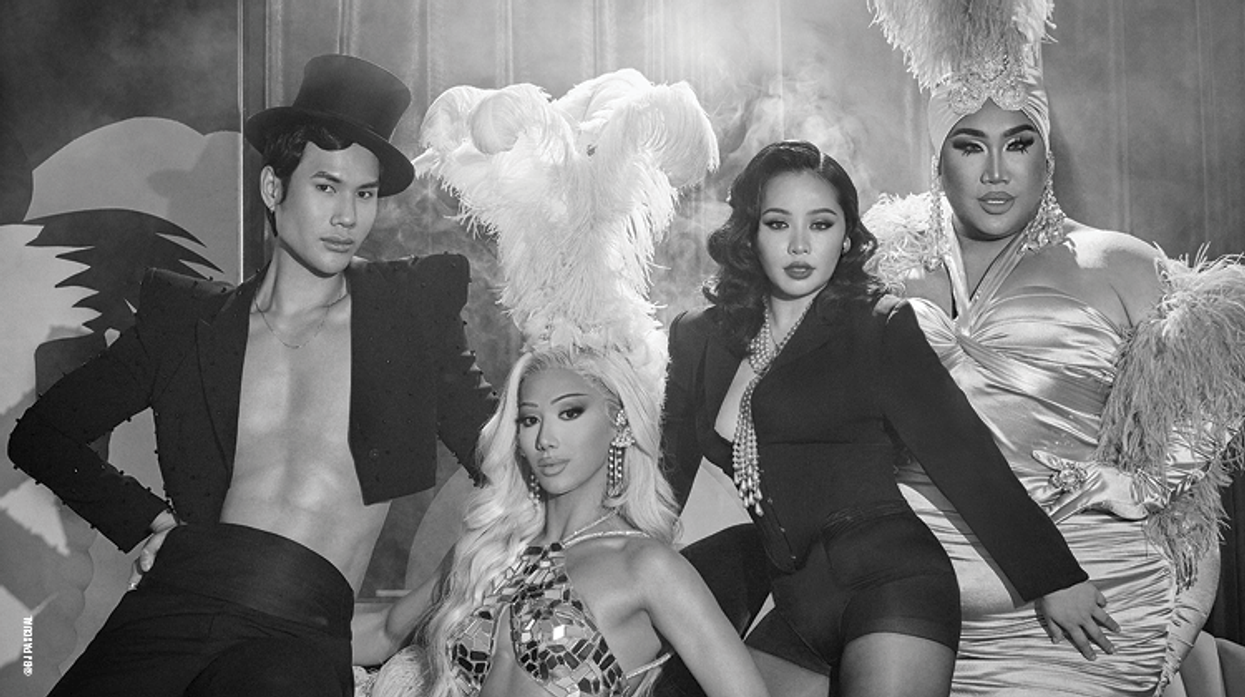

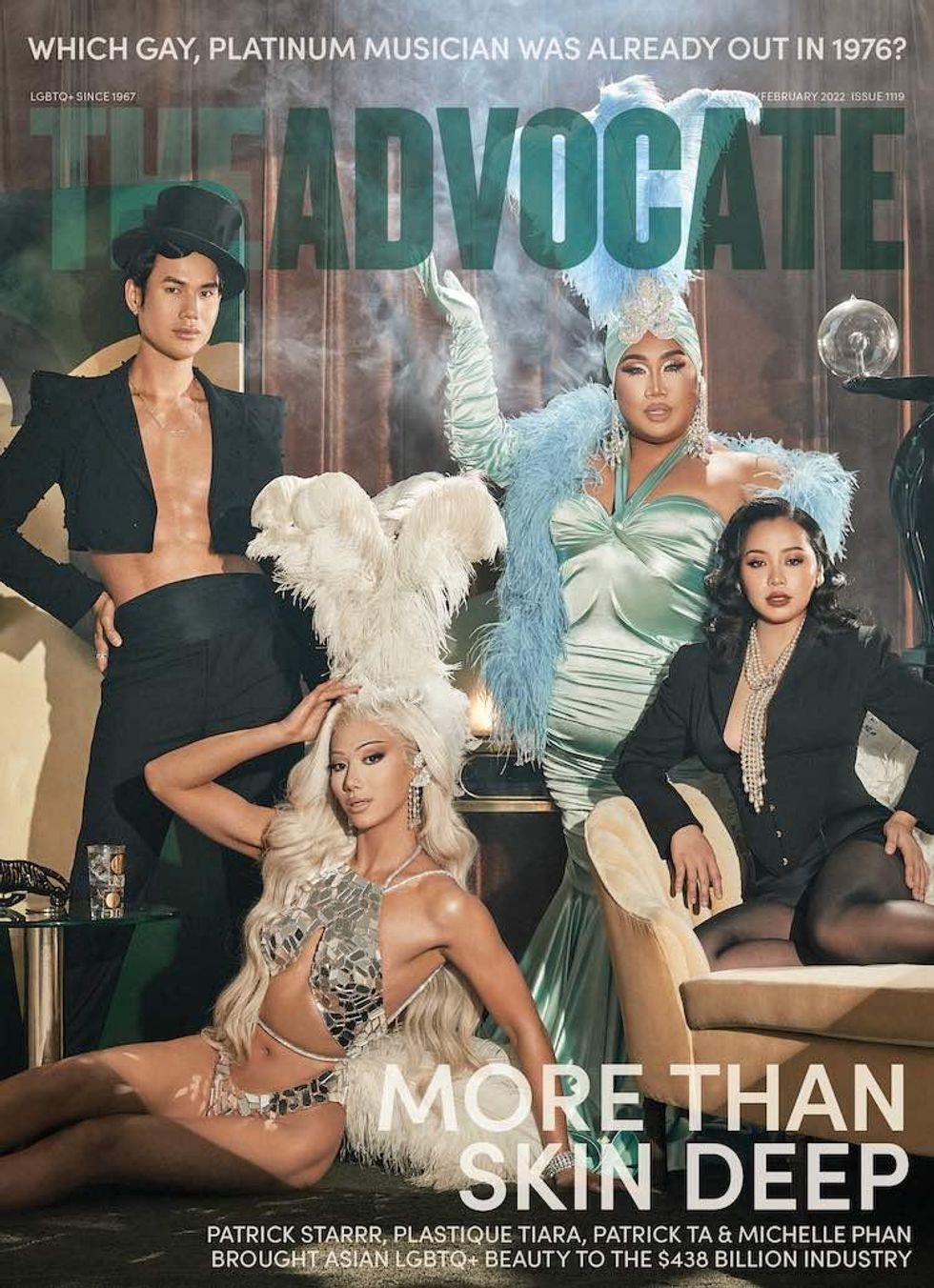
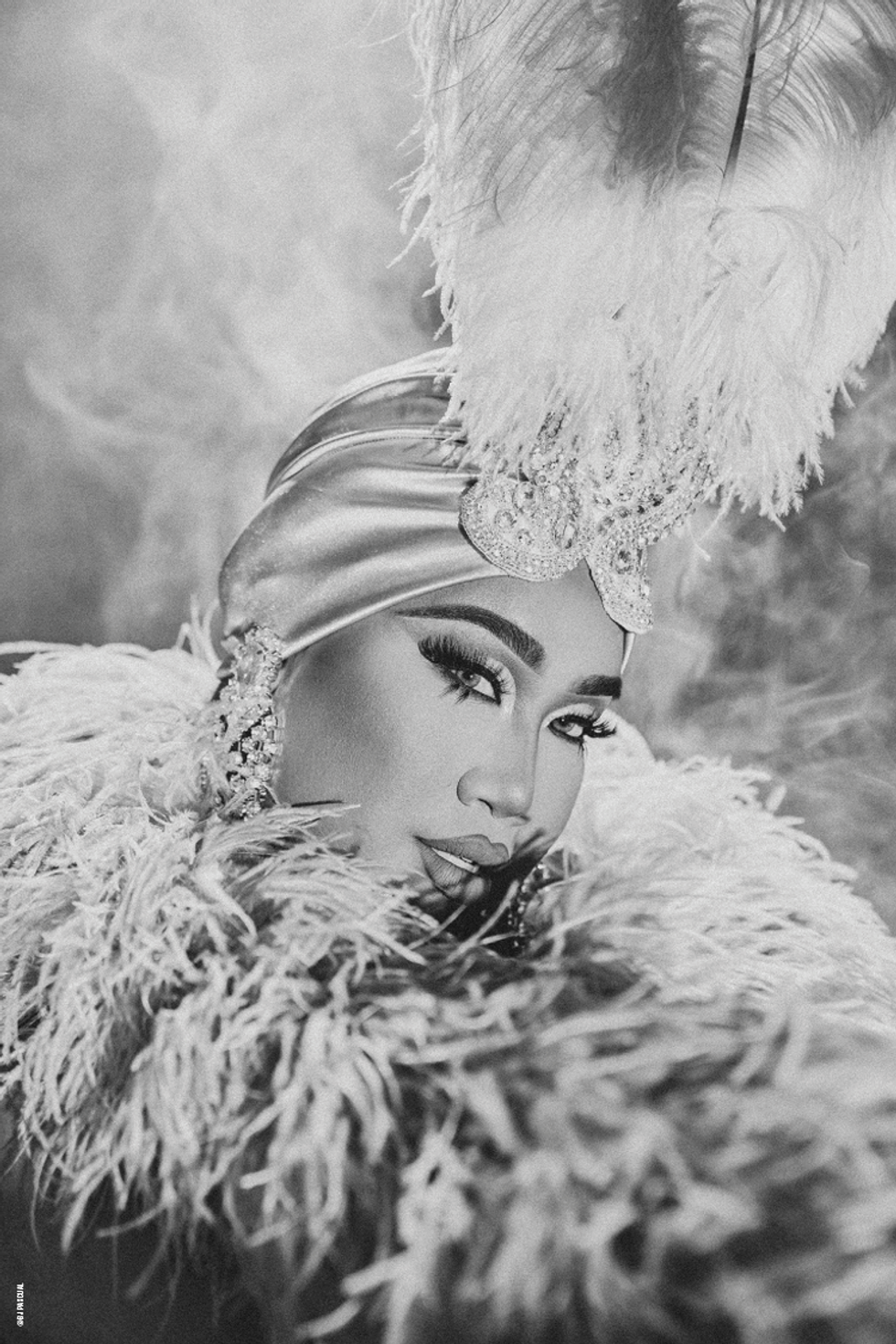
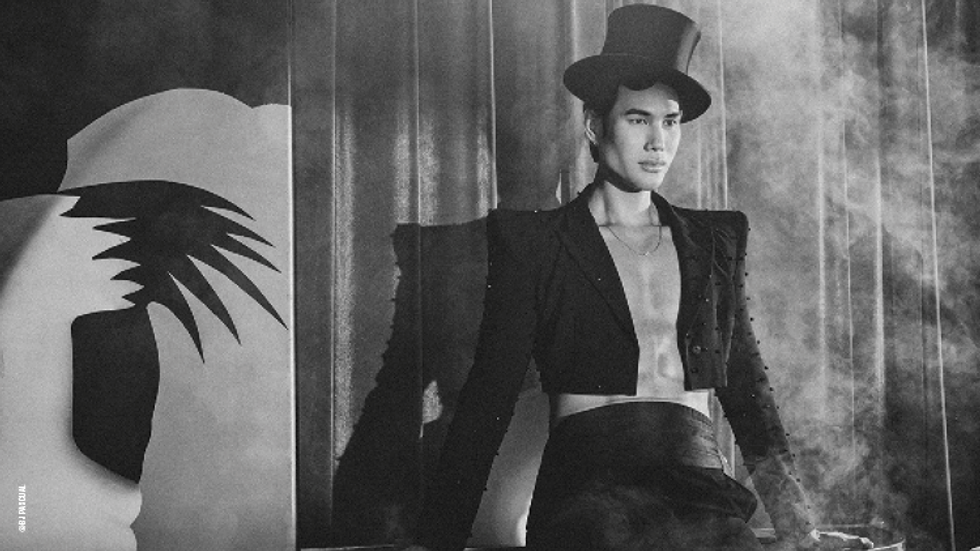
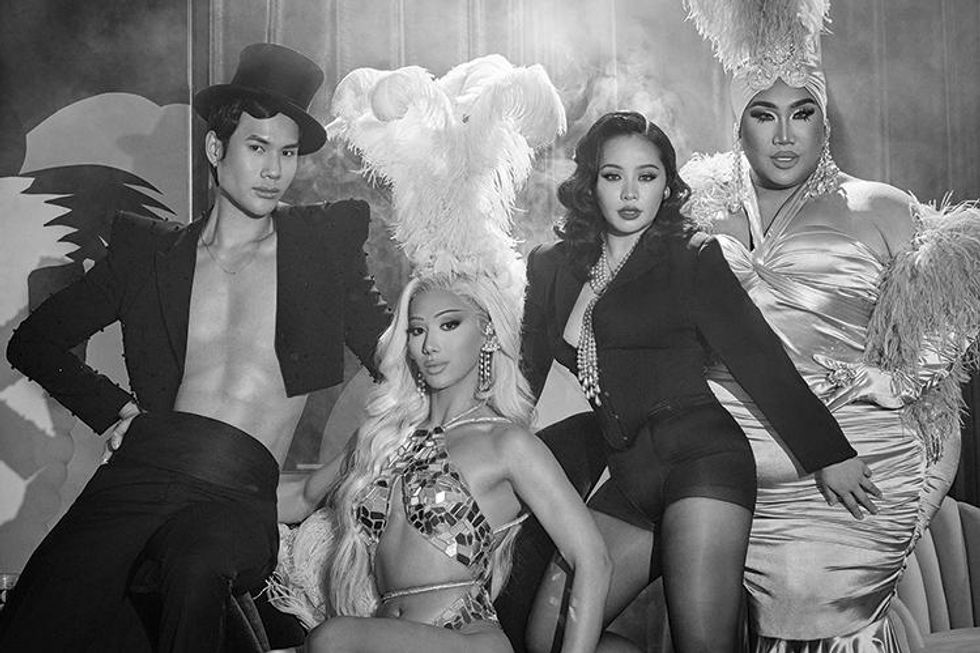
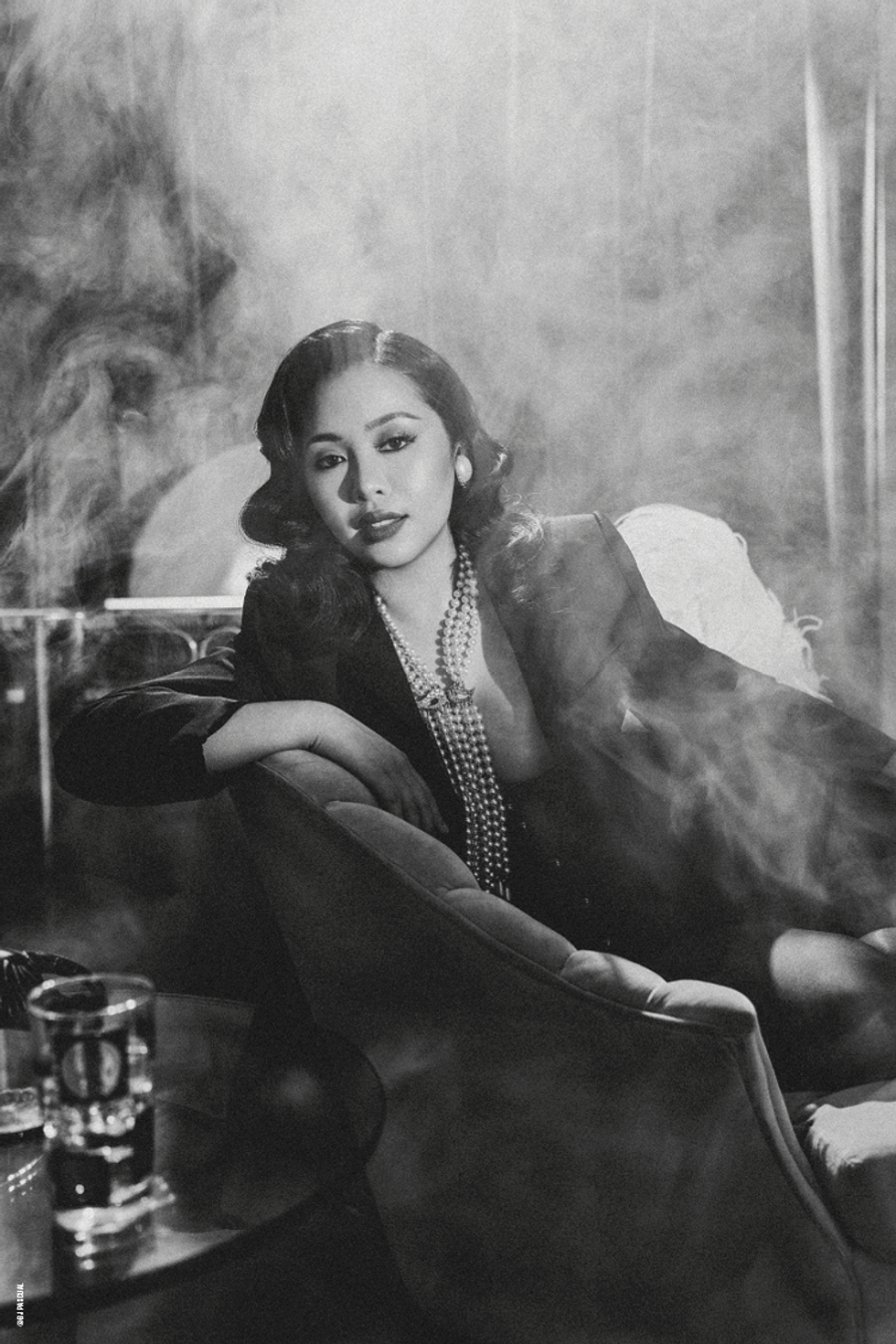
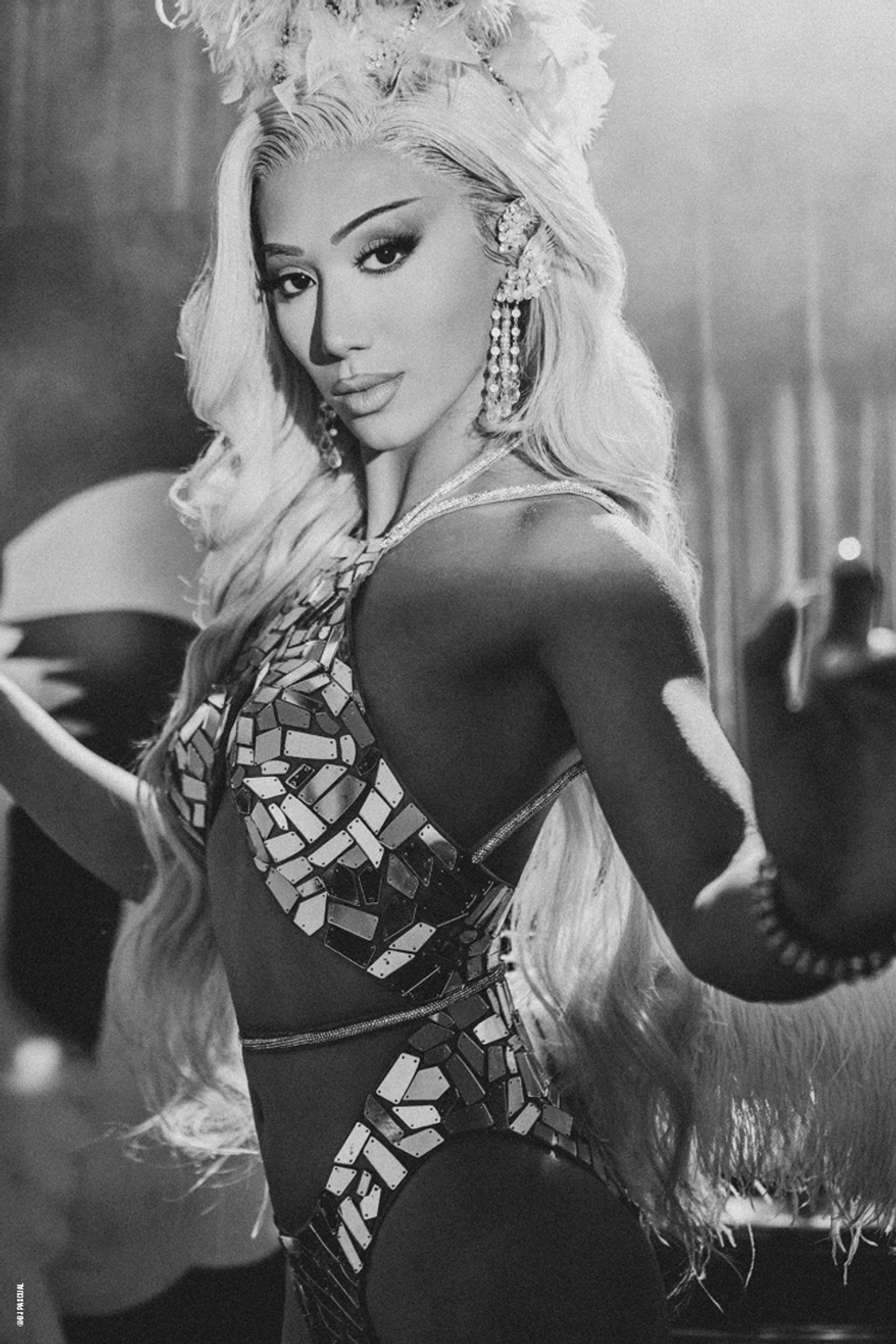
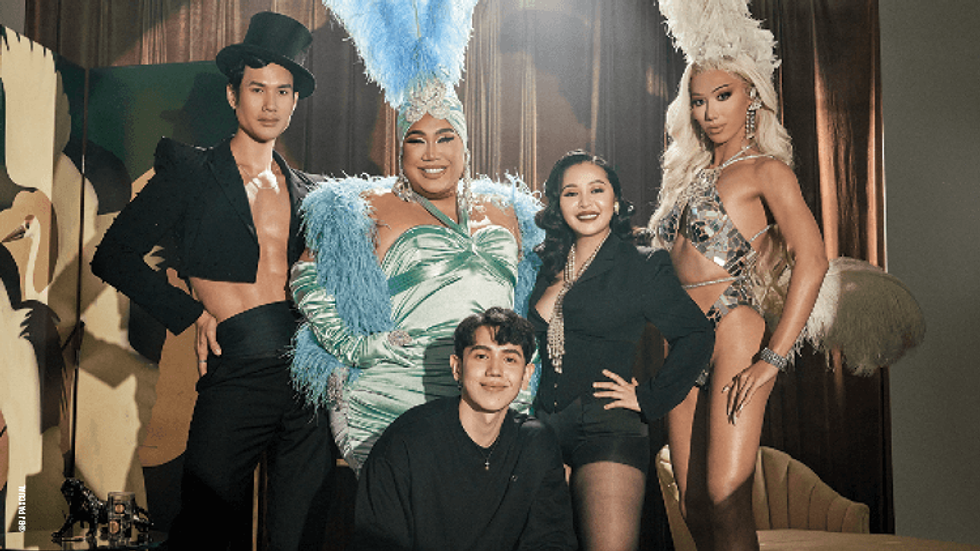









































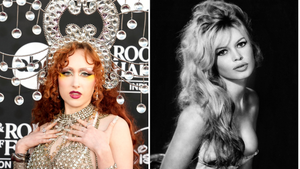





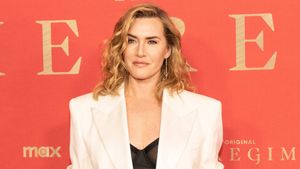







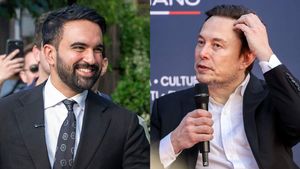


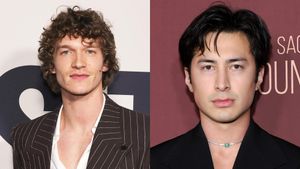
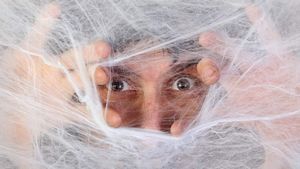






Charlie Kirk DID say stoning gay people was the 'perfect law' — and these other heinous quotes